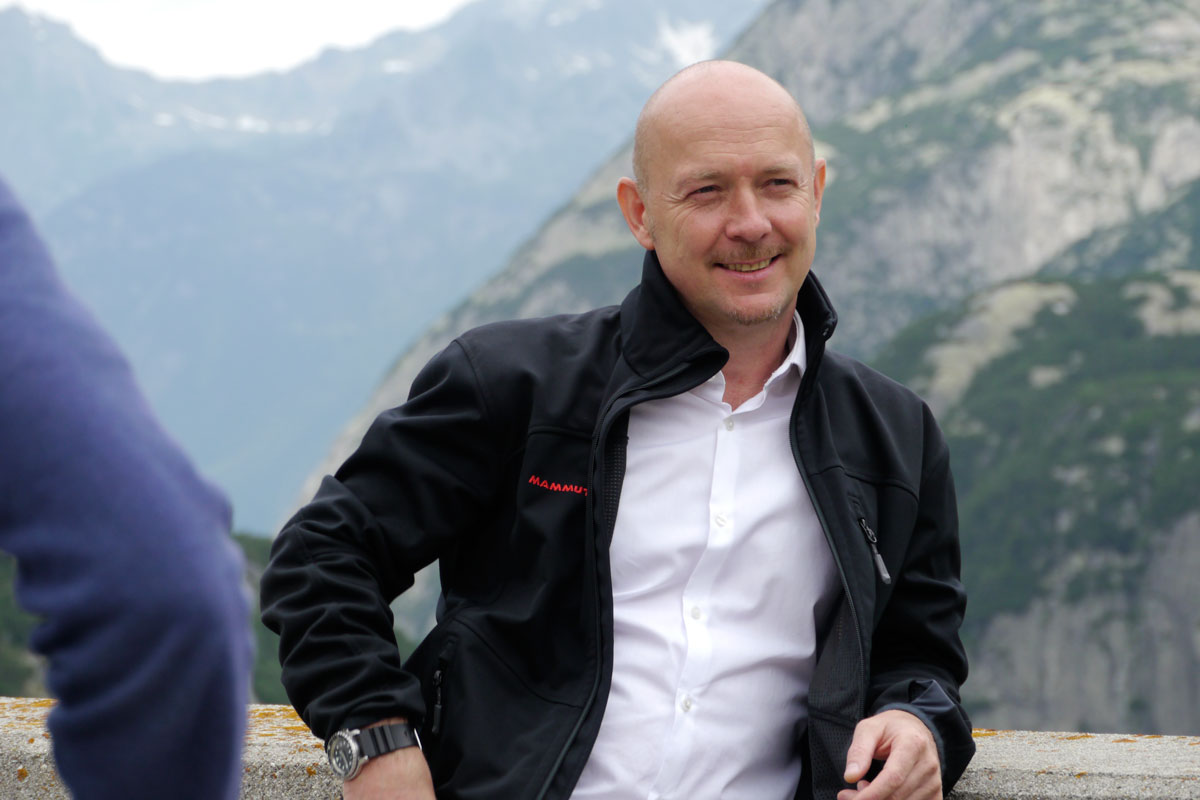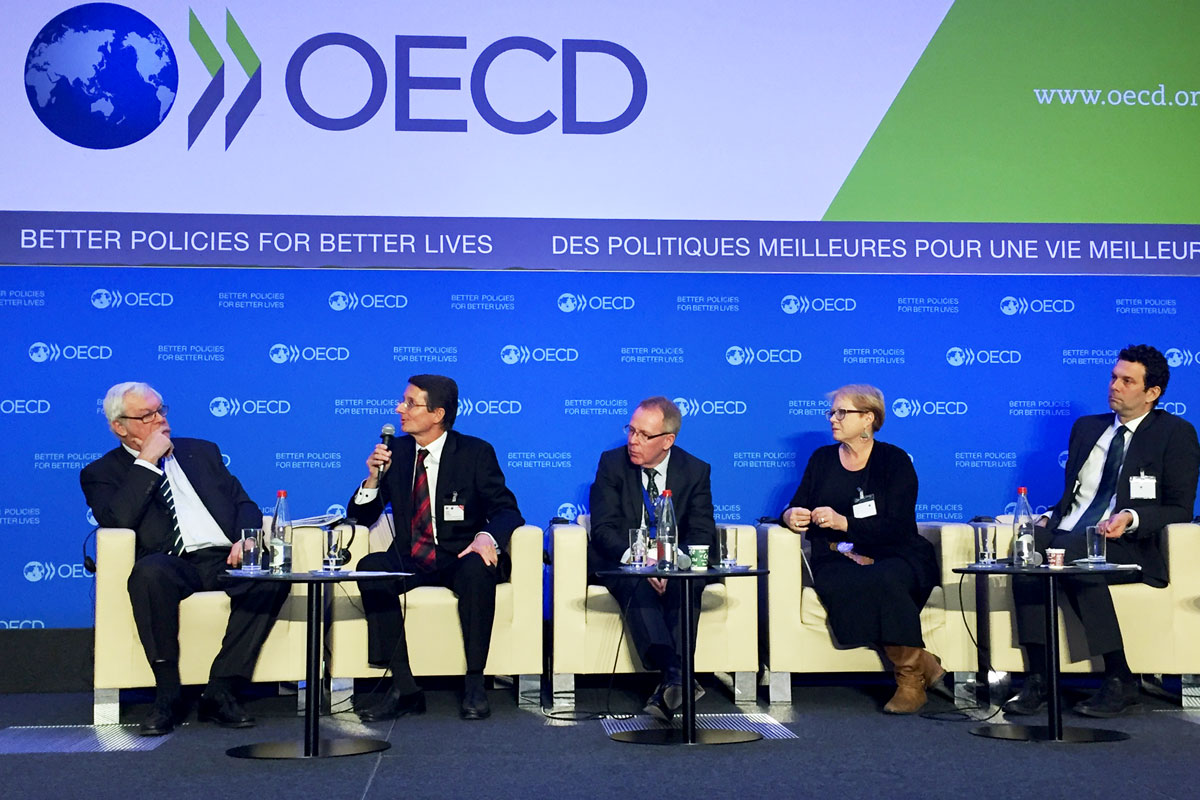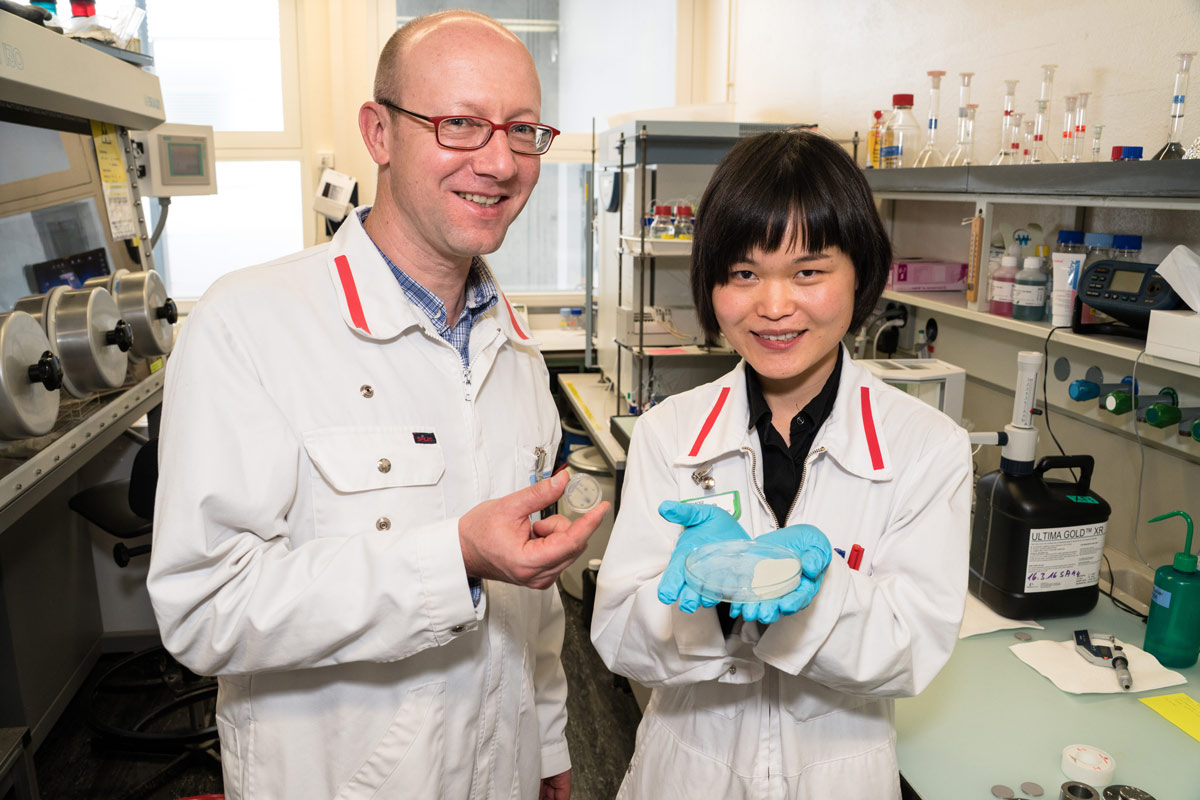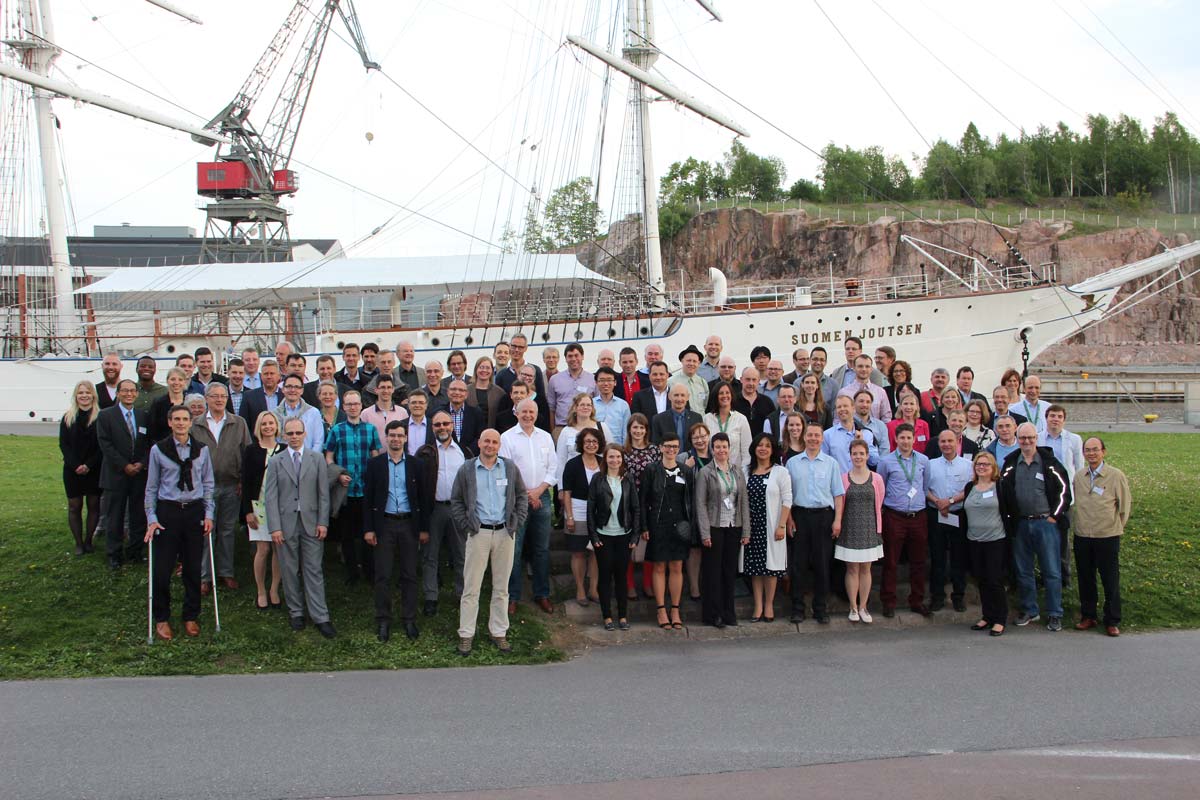The Grimsel Test Site is an important international rock laboratory in the Bernese Alps, where researchers from 12 countries work together on small- and large-scale experiments with a duration of a couple of weeks up to almost 20 years.
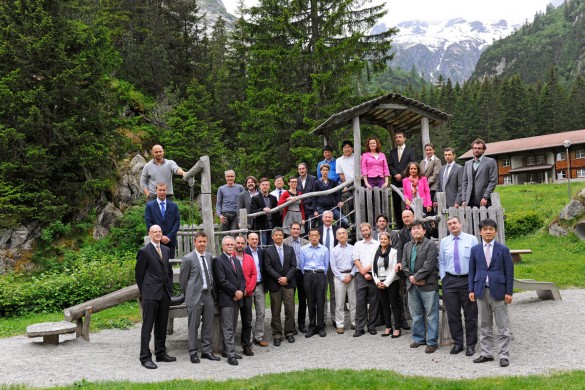
Ingo Blechschmidt is responsible for the smooth running of the research projects in the facility. He has worked for Nagra for 12 years and is particularly proud that his laboratory is internationally established as a research platform and that he can offer Nagra’s partner organisations optimum conditions for carrying out experiments. Here he answers questions on the main activities and the future of the Grimsel Test Site.
What is the main purpose of the Test Site?
In our rock laboratory, we are investigating the geological, chemical and physical processes that will occur later in a deep geological repository. The questions we seek to answer often relate to the behaviour of the geological and engineered barriers that will later safely contain the waste. We carry out experiments on a large scale under conditions that are as close to reality as possible in order to obtain results that we can then transfer to the planning and construction of the deep geological repositories. The running time of the experiment, the scale and the materials used all play an important role. For example, at the moment we are investigating the mobility of radionuclides in crystalline rock and the long-term interactions between cement solutions, porewaters and rock. We are also interested in what happens to gas that may be generated by the corrosion of the disposal canisters and have set up an experiment to investigate controlled gas transport through tunnel seals.
What makes «your» rock laboratory so unique?
We are the only underground laboratory worldwide where researchers can carry out experiments on the behaviour of radionuclides in fractured rock under controlled conditions. We use traces of radioactive substances to investigate how they migrate slowly through small fissures and fractures in the rock or how their transport is retarded.
The geological conditions in the rock laboratory are ideal: there are areas where the granite shows strong tectonic overprinting, meaning that fractures and small fissures are present in which water can flow. Then there are areas with no water flow because the granite is homogeneous and watertight. This allows us to select a suitable area depending on the experiment in question and the processes to be investigated. We have sufficient space and time to carry out long-term experiments. Just last year, one of the longest running demonstration experiments on a 1:1 scale worldwide was completed – the Full-Scale Engineered Barriers Experiment (FEBEX).
What are you particularly proud of?
The fact that the Grimsel Test Site is an internationally recognised research platform. 21 organisations from 12 countries are currently involved in the programme, including the EU. Our partners like being here as we can offer them optimum conditions with full infrastructure – even in winter. You recently reported in your blog on research in the rock laboratory during the winter months. We have well equipped offices and sufficient space to hold seminars and workshops. We have our own workshops as well as sleeping quarters in the case of an emergency. If we are cut off from the outside world, we can continue to work independently for a few days without any problems and can comfortably spend the night here. The only thing missing is windows! (laughs)
What are the greatest challenges facing you and your rock laboratory?
For me personally, it is very important to keep the research in the rock laboratory at a high level and to make sure the facility remains attractive to our international partners. In the future, we will also have to run new experiments that will make an important contribution to the planning and construction of safe repositories in Switzerland. I would also like to increase the potential of the laboratory for carrying out fundamental geoscientific research.



